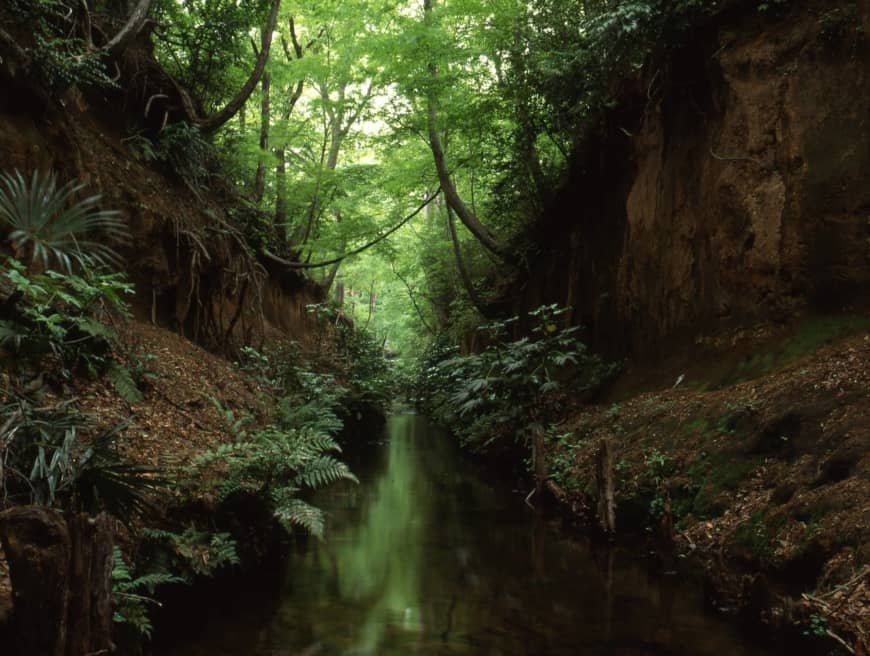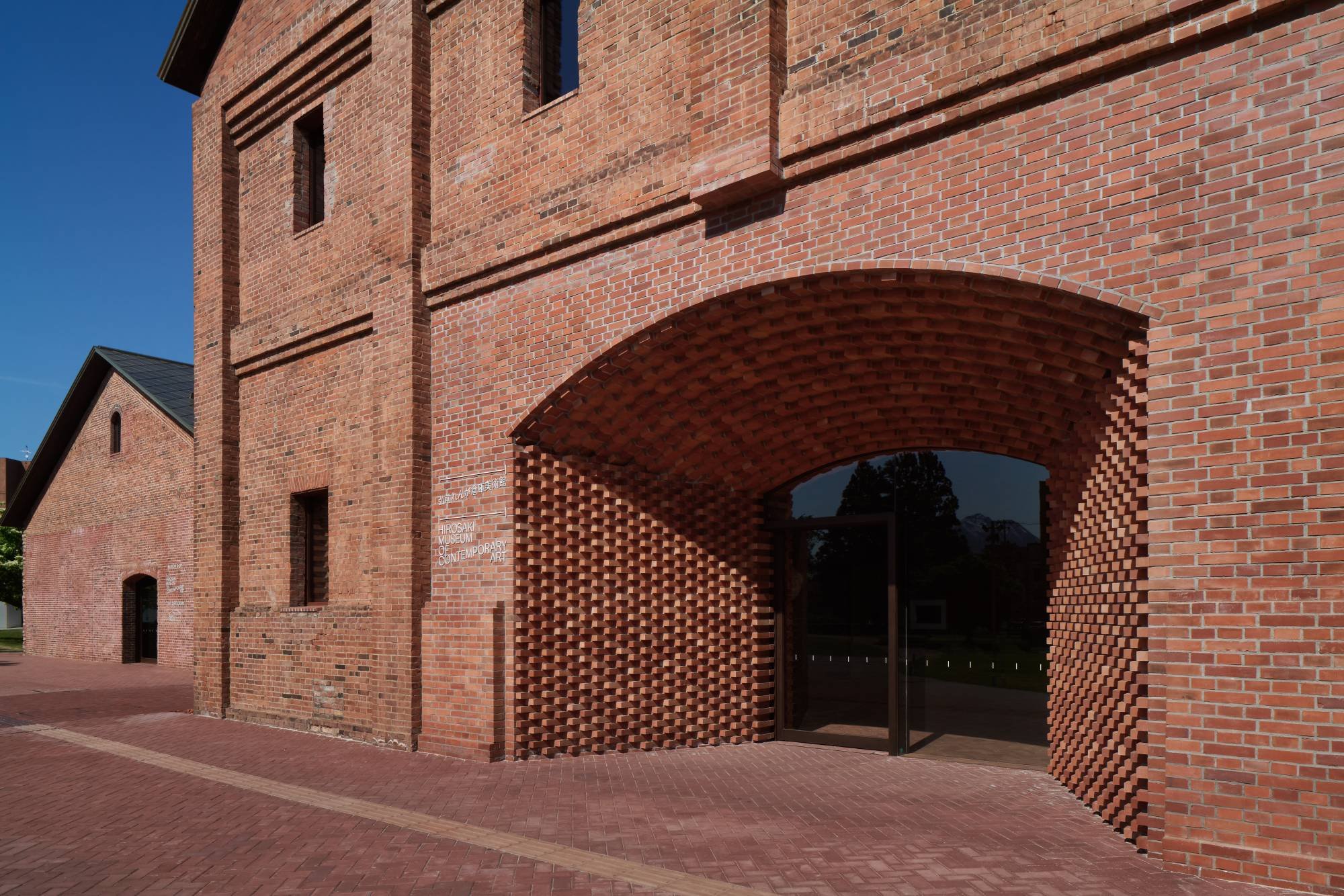Staying real for the sake of art: Museums and festivals proceed with caution

Written by JAE LEE and published originally by The Japan Times, July 23.
PARIS- Although the COVID-19 pandemic spurred the closure of cultural institutions for months in Japan, Fumio Nanjo, an art historian and the special advisory director of Hirosaki Museum of Contemporary Art (Hirosaki MOCA), believes that, despite the global crisis at hand, artistic expression is as important as ever.
“Perhaps art records our spirituality and struggle to overcome fear, and passes it down to the next generation, while giving us the power to combat our anxiety,” he says.
Even before Japan’s government issued a nationwide state of emergency in April, many museums voluntarily instituted temporary closures. The Tokyo National Museum, which had plans to open the exhibition “Passing on Cultural Heritage: Buddhist Murals and Sculptures of Horyuji” to celebrate the 70th anniversary of the Act on Protection of Cultural Heritage in March, shut its doors on Feb. 27. Similarly, Kyoto National Museum closed just 10 days after opening a new exhibition focusing on Girls’ Day and Japanese dolls.
Implementing the closures, however, came with the risk of serious consequences for the museums, as large-scale exhibitions are often put together by renting artworks from various institutions. Postponing or canceling an exhibition often leads to hefty financial losses.
“On the global scale, 10 out of the 100 museums that halted their operations for some time due to the pandemic may never open again. In a country like Japan, that rate makes a rather large dent in not only the art industry, but the nation’s economy as well. Japan has approximately 5,700 museums, ranking it third after the United States and Germany as the country with the most museums, according to our survey,” says Toshiya Kai, a member of the UNESCO’s International Council of Museums. The survey, “Museums Around the World in the Face of COVID-19,” also found that 90 percent of museums around the world had stopped operations this spring.
Yet, ever since the lifting of the state of emergency, Japan’s art world seems to be moving toward opening up again, with social distancing measures in place. Hirosaki MOCA in Aomori Prefecture, for example, held its ribbon-cutting ceremony on July 11. Nanjo predicts that museums, much like Hirosaki MOCA, will experiment with how its visitors engage with the physical exhibitions.
“The changes we expect after COVID-19 are in the quality of a visitation,” he says. “In other words, due to a new ticketing system we use to control the number of people admitted, our visitors are able to appreciate the show without distractions. What I hope to see as the new normal for museums is a shift to quality over quantity.”
Nanjo explains that restricting the number of visitors has also allowed the museum to resist the recent trend of holding exhibitions and festivals online, and instead gives its visitors the opportunity to take in the rich history of the museum’s building. “Visual arts aside, the space itself must be experienced physically as well,”he says.

The newly opened museum’s site once housed a 100-year-old sake brewery that had been abandoned for many years. Tsuyoshi Tane, the Paris-based Japanese architect who designed the new contemporary art museum, says he did not want to bulldoze over the building with a century of history and memory. Instead, he utilized the aged structure and the factory’s original bricks as a form of archaeological preservation.
Regarding the positioning of his project in the face of COVID-19, Tane says that this global pause should be treated as an opportunity for museums to raise standards.
“During the past few decades, the culture sector might have been overly dependent on globalization and capitalism — it then could turn into rather shallow entertainment,” he says. “Chaos is a chance to transform our creative industry and push it further. We are in the process of understanding that culture is an important part of our vitality.”
Kai says that a new museum opening at a time like this is encouraging news for UNESCO and “shows the resilience of Japan’s culture sector.”
Another sign of the art industry’s resilience is that major art festivals are also moving ahead with physical events. The Yokohama Triennale festival, which marks its 20th anniversary this year, opened on July 17 and will push forward with its planned events until Oct. 11 under the theme “Afterglow.” Visitors receive temperature checks at the entrance, and the event staff receive daily health checks before their shifts. In order to encourage social distancing, the festival allows up to 140 visitors inside the venues per hour, estimating that roughly 990 people will attend per day.
Another festival to look forward to this year is the Tokyo Biennale. In May, the organizing committee announced a partial postponement of the events, opting to present a series of artworks throughout the year and spreading out its major events into 2021. To reflect the new program, the festival’s name was changed to Tokyo Biennale 2020/2021.
“In times of crisis, the power of art and culture that was not highlighted during times of prosperity become apparent,” says Kazuko Koike, a co-general director of Tokyo Biennale. This year, the festival will hold four main events, including an art project titled “Tamagawa Josui: 4.6 Billion Years Walk” by Satoko Lee in which participants walk along Tama River for 46 kilometers, with each kilometer representing a billion years of natural history.
“We didn’t want to stay silent for a year. We are aware of the harsh reality, but it boils down to providing an authentic cultural experience to the audience” says Koike.
Masato Nakamura, the founder of 3331 Arts Chiyoda museum in Tokyo and a co-general director of Tokyo Biennale adds, “For us, there was never a debate of presenting artworks offline versus online. A cultural project’s purpose is to create a community and cultivate the town, city or a region. We must keep on creating. It’s even written in our national constitution.”
The passage Nakamura refers to comes from Chapter 3, Article 25 of the Japanese Constitution, which says: “All people shall have the right to maintain the minimum standards of wholesome and cultured living.” These words acknowledge that cultural experiences have a direct correlation to society’s well-being.
“Culture is the collective victory of men against death,” says Nanjo, referring to the words of the French novelist Andre Malraux. “During the pandemic in the Middle Ages, the Black Death gave birth to an artistic genre called the “dance of death,” which came with the message of memento mori (‘remember you must die’ in Latin).” Perhaps the current pandemic will inspire a new artistic genre as well.